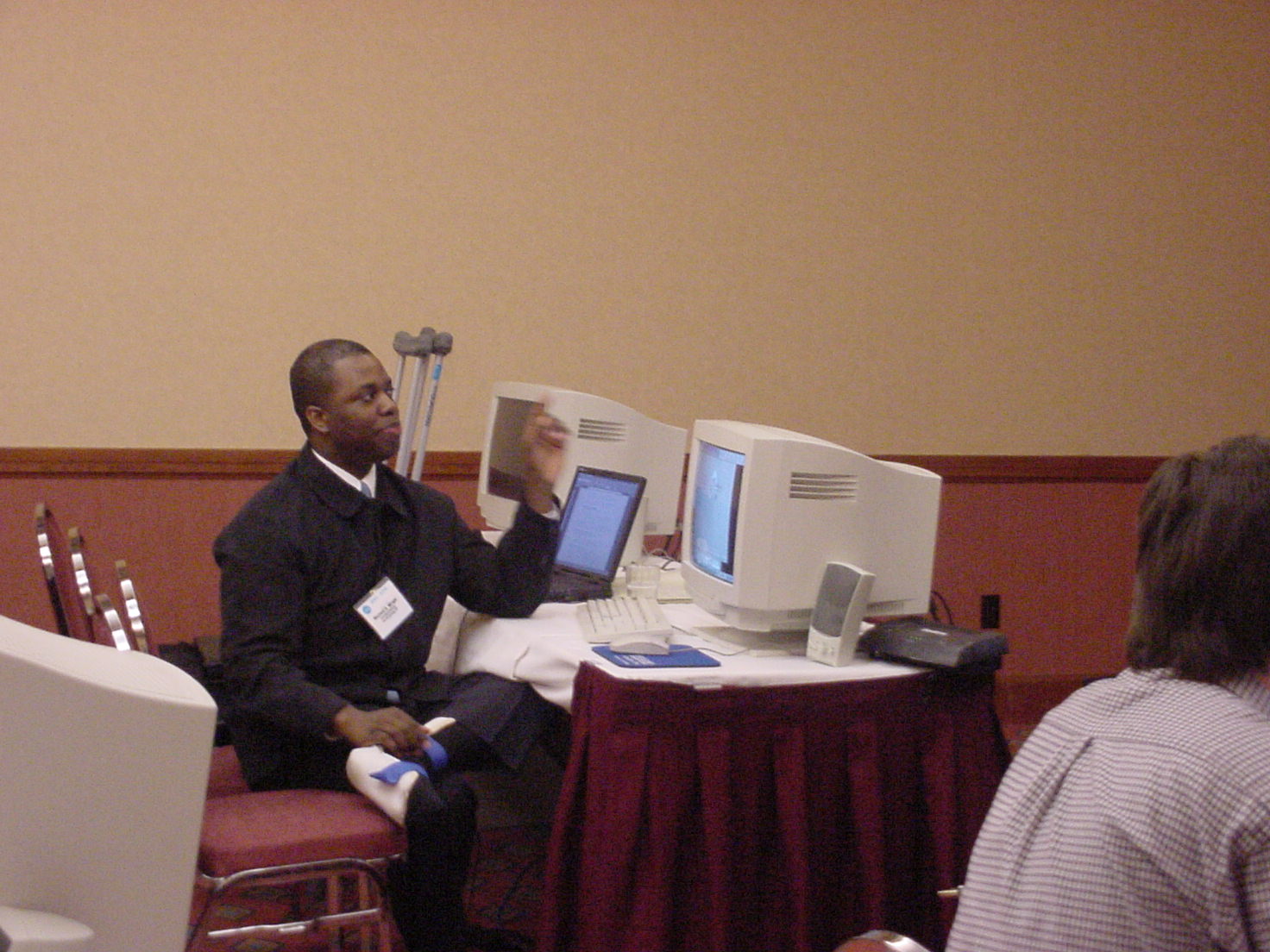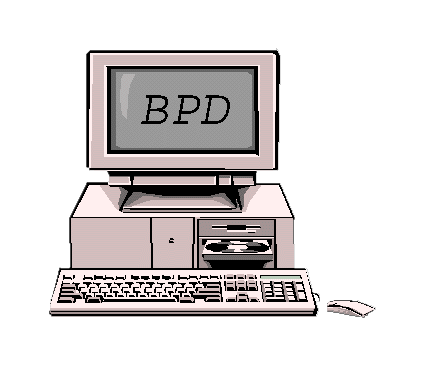|
"[Mary] Richmond encouraged social workers to use current technology in social work practice. Many people were fearful
of the telephone in 1919, but Richmond's effort was a successful attempt to alleviate some anxiety. Committee members want
to ruduce 'technology anxiety' among BPD's membership"
"The spirit of the Committee's proposed objectives includes two central themes: The first was originated in Mary Richmond's
Social Diagnosis published in 1919. Richmond encouraged social workers to use current technology in social work practice.
Many people were fearful of the telephone in 1919, but Richmond's effort was a successful attempt to alleviate some anxiety.
Committee members want to reduce "technology anxiety" among BPD's membership. Anxiety reducing objectives are the
prerequisite to transmission of knowledge to social work students. Second, computer and electronic communications technology
is constantly changing. The committee members want to remain on the cutting edge of this technology in order to demonstrate
to membership how this technology can be utilized for effective teaching and generalist practice" (Committee Web Site,
2000)
The Technology Committee is currently working on the program for BPD in Denver. The committee met at APM
in Dallas to map out plans for the BPD program in Denver. We will continue the program we implemented in Destin, BPD 2000.
The program will emphasize hands on experience and tutorial sessions. Curriculum based experiences will be developed. The
major programs will be centered around the content specialization areas and will focus on current trends as they apply to
the content area and practice.
SUBCOMMITTEES
The Committee on Information Technology and Distance
Education of BPD has initiated a new project to provide services to the membership of BPD. The Committee has established
eleven new subcommittees, one for each of the nine curriculum areas required in the curriculum of a BSW Program. Each of
these subcommittees is devoted to providing curriculum resources and communication to enhance curriculum development and teaching.
In addition, subcommittees were formed for Distance Education and for Free Web Resources. Each subcommittee is in the process
of creating a web page which the membership can access to find resources which may be helpful in that area.
SUBCOMMITTEE
WEB PAGES
It is intended that each page have the following sections:
1. Teaching resources include
syllabi and other curriculum materials provided by Social Work faculty to promote sharing of ideas, class exercises, assignments,
and other activities to improve teaching.
2. The Faculty area provides email links to other faculty who also teach
or have expertise in this subject area. All faculty who are listed have agreed to have their email address posted. Faculty
members also briefly describe their interests.
3. The Links area provides links to websites that are of use in
teaching or research related to this subcommittee.
4. What's New provides the information and links to the most
recently published material on the website. It includes new resources, events, conference listings, recent publications, etc.
To access this information, visit the Committee's web page at:
http://www.uncp.edu/home/marson/bpd_subcom.html

BPDer Michael Wright teaches a lab session at 2001 APM
 |
|

DIVERSITY
In keeping with the focus of this issue of BPD Update on the issue of diversity, special attention will
be paid to those Subcommittees whose focus is on diversity or related to diversity.
The Diversity Subcommittee,
chaired by Sherry Edwards, has already published its website. This website can easily be accessed from the Committee's home
page. This Subcommittee introduces its page with the following quote from the EPAS:
"The program integrates
content on diversity, populations-at-risk, and social and economic justice. The content emphasizes the interlocking and complex
nature of culture and identity. It identifies how group membership is related to access to resources and ensures that social
services meet the needs of groups served and are culturally relevant. It provides content related to the implementation of
strategies to combat discrimination, oppression, and economic deprivation and to promote social and economic justice. It prepares
students to advocate for nondiscriminatory social and economic systems. Programs educate students to recognize diversity within
and between groups that may influence assessment, planning, practice, and research.
Students learn how to define,
design, and implement strategies for effective practice with persons from diverse cultures and backgrounds" (Educational
Policy and Accreditation Standards (EPAS), Draft Two for Public Comment January 2001)
The Subcommittee's web page
links the user to the following
online resources:
National Multi-Cultural Institute
Southern Poverty
Law Center
101 Tools for Tolerance
The Fence.com (International Debate-Homosexuality)
OTHER RELATED
SUBCOMMITTEES
Three other related subcommittees are: and the Populations at Risk Subcommittee, chaired by Dorothy
Marie Rizzo; the
Social and Economic Justice Subcommittee, chaired by Chet
Dilday; and the Social Work Values and
Ethics Subcommittee, chaired by Steve Marson. Each of these subcommittee is also in the process of building its website, so
check the Subcommittee Website often to view updated materials as they are released.
 |
 |
|
|
 |
|
|
|
|


